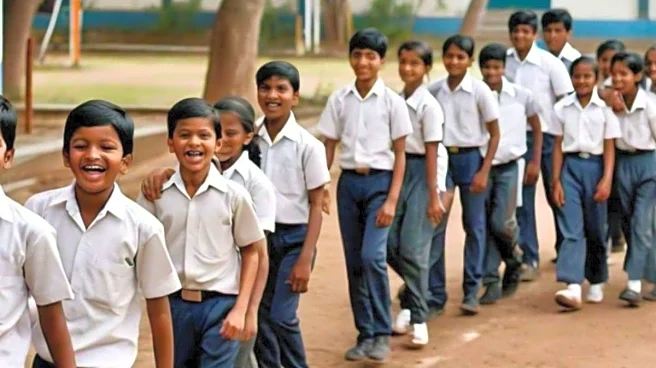As smog once again blurs Delhi-NCR’s skyline, the city’s children are gasping through yet another winter of bad air. Paediatric wards across the national capital region are seeing a spike in respiratory illnesses—a mix of pollution-triggered distress and infections that are turning unusually aggressive.
Doctors say this season has brought an unusual surge in both viral and bacterial infections, while pollution acts as a silent accelerator—deepening the damage, delaying recovery, and leaving children wheezing for weeks.
Infections Getting Stronger, Recovery Slower
Across hospitals in the capital, physicians report that familiar seasonal viruses have returned with new ferocity. “Right now, we are witnessing a surge of both familiar and emerging respiratory infections among children. Old seasonal enemies
like RSV are making infants breathless once again, while newer pathogens such as mycoplasma pneumoniae have evolved… It’s no longer the mild common ‘walking pneumonia’ we once knew,” said Dr Maninder Dhaliwal, senior consultant – paediatric intensive care, Amrita Hospital, Faridabad.
He added that pollution “acts as a silent amplifier, irritating the airways and worsening every infection”, creating a “perfect storm for young lungs already struggling to breathe”.
When asked about his clinical experience, Dhaliwal said, “Every week, I see children whose coughs just won’t go away. It’s not always an infection; it’s the air around them. From birth to early school years, a child’s lungs are still forming. Polluted air, especially fine dust (PM2.5) and traffic gases, quietly inflames and affects the lungs. The result? Longer-lasting colds, more wheezing, and a rising risk of asthma before they even reach class six.”
He explained that when the air is bad, infections hit harder and take longer to heal. “A simple viral cough can drag on for weeks. Pollution keeps the airways irritated, so medicines seem less effective… If we add pollen, dust, or smog season, the problem multiplies.”
According to Dr Jaspreet Singh Khandpur, consultant pulmonologist, KIMS Hospitals, Thane, cases of asthma, chronic cough, and allergies are being detected more frequently than they were ten years ago. “What was once seen only in older children or during certain seasons is now being observed in much younger age groups throughout the year. This trend shows how consistent exposure to polluted air is quietly shaping the respiratory health of the next generation.”
The Air Itself Is the Enemy
Paediatric pulmonologists say the city’s air is now not just a trigger but an independent disease factor. With tiny lungs still forming, every breath exposes children to fine dust, nitrogen dioxide, and other pollutants that damage growth and immunity.
“The breathing rate of children is faster than adults, which eventually means that they consume more polluted air per kilogram of body weight,” said Shivaraj Ajji Kariyappala Lakshman, head of the department of pulmonology at SPARSH Hospital, Bengaluru. He said the result is evident in more cases of “wheezing, recurrent coughs, and early-onset asthma”, and warned that prolonged exposure “reduces the growth of lungs and capacity, making kids more vulnerable to infections and allergies later in life”.
The trend is no longer confined to Delhi-NCR. In cities such as Thane and Bengaluru, specialists are finding asthma and chronic cough in children far younger than a decade ago. “Air pollution has become one of the greatest dangers to the lung development of infants and young children,” said Khandpur from KIMS Hospitals, Thane.
He explained how polluted air damages the young lungs. “Children breathe faster than adults; therefore, they inhale more air and consequently more pollutants, relative to their body weight. The ultra-fine particles and gases found in polluted air can settle deep in the lungs, causing irritation and inflammation of lung tissues, which, among other effects, can slow down healthy lung tissue development.”
Over the past decade, Khandpur said, there has been a noticeable rise in the number of young children facing breathing difficulties and long-term respiratory issues.
Strong Scientific Evidence
According to multiple published studies, there is a large literature supporting the link between air pollution exposure and adverse effects on children’s lung function level and growth.
A report published in the Journal of Allergy and Clinical Immunology suggests that studies of repeated measures of pulmonary function in children as they grow—including into adulthood—would provide a significant opportunity to expand our understanding of air pollution effects on children’s lung function. “The rate of lung function decline and level of lung function in later adulthood are strong predictors of overall morbidity and mortality.”
A study published in the journal Breathe, titled “Air quality and respiratory health in children”, explained how air pollution is harmful even for an unborn child.
“The prenatal period is one of organogenesis and organ development. The fetal cells are uniquely susceptible to the effects of air pollutants due to the prenatal period having higher rates of cell division and differentiation and increased sensitivity to surrounding signals,” it said. “The pollutants inhaled by the mother can translocate to the developing fetus. Inhaled pollutants have been observed in the placenta and organs within the fetus.”
A Growing Public Health Emergency
Experts warn that prolonged exposure during early years can set the stage for lifelong health consequences. “Constant exposure to polluted air during early years hampers lung growth, weakens immunity, and increases the risk of lifelong respiratory illness,” said Ravi Shekhar Jha, director and head of department – pulmonology and sleep medicine, Fortis Escorts, Faridabad.
He added that “repeated exposure during these formative years can reduce lung function and slow physical growth”, stressing that while short-term steps like air purifiers and avoiding outdoor play during smog days can help, “the real solution lies in sustained public effort—cleaner energy use, reduction of vehicular emissions, and creation of green spaces around homes and schools”.
“The air they breathe today,” he said, “will decide the quality of life they live tomorrow.”
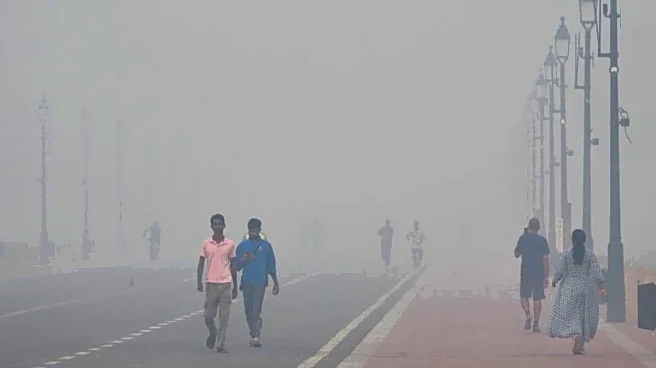


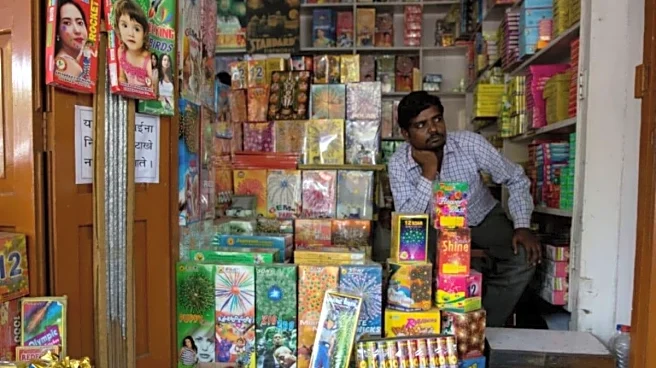
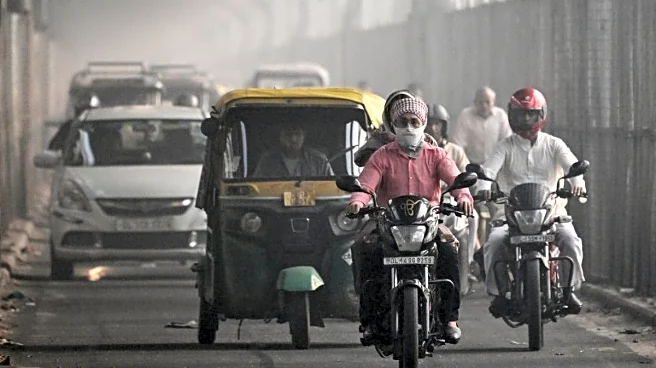


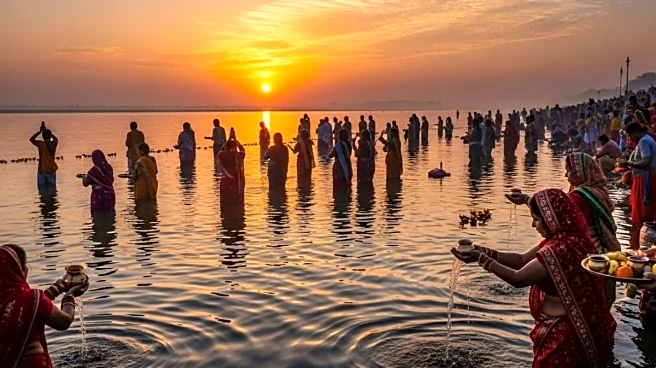
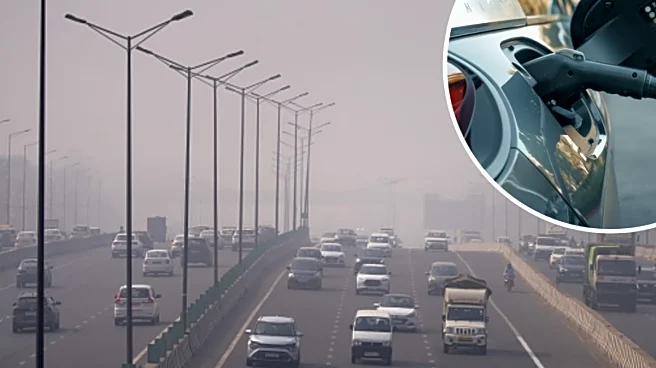
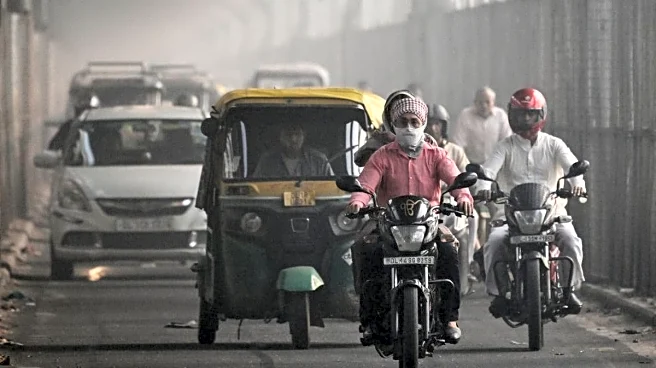
/images/ppid_a911dc6a-image-17612000657408206.webp)

/images/ppid_a911dc6a-image-176112723883625924.webp)


